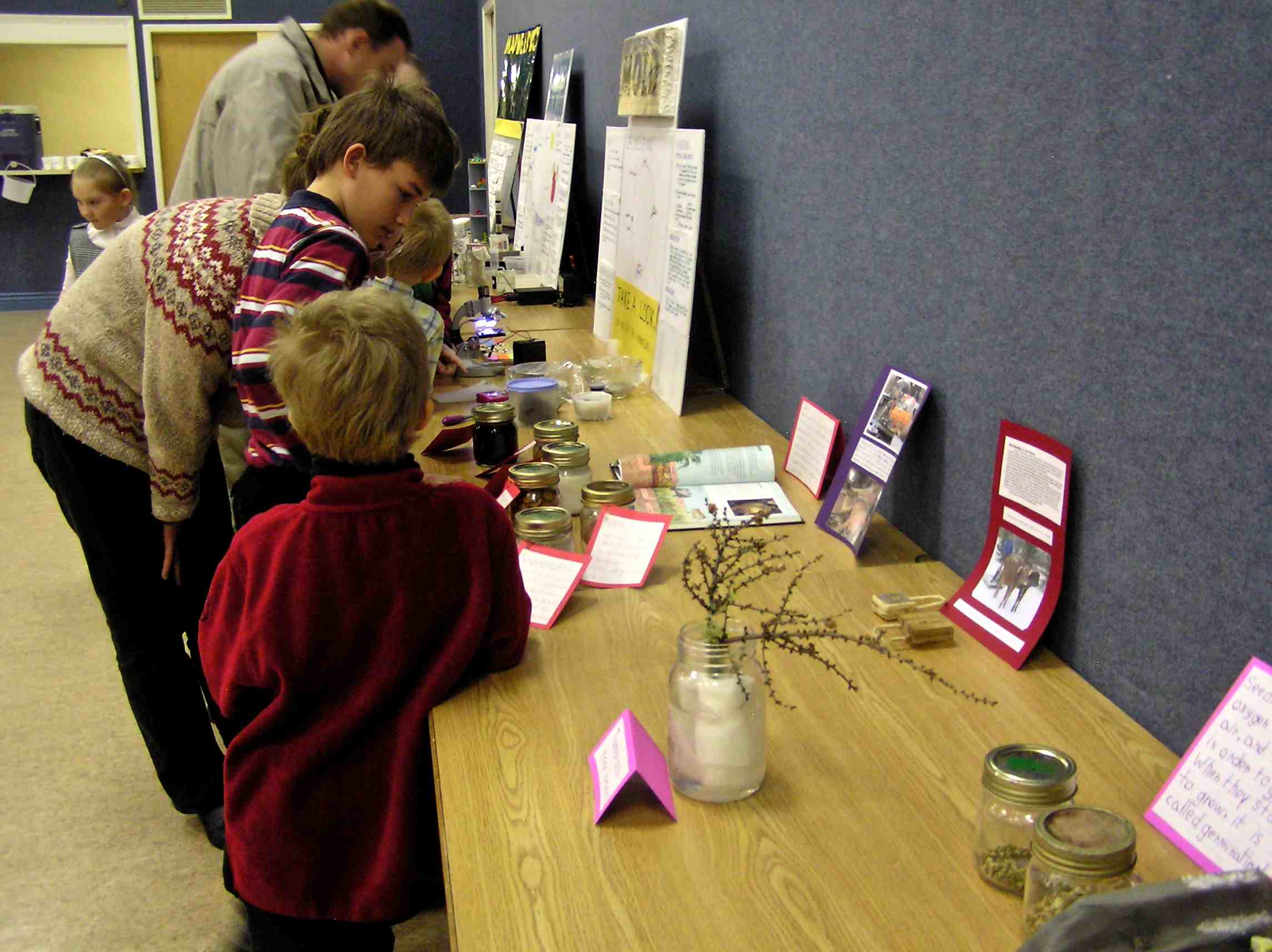By this time of year you will likely have developed a pattern or routine in your home-school day to accomplish your selected program of studies. Your children engage themselves with the various subjects that you assign them, most often with the help of a text book or other written resource. Depending on your child’s age and ability, the reading in these books may be done by your child, or you may be the one to read and explain the material to your eager learner.
Perhaps you start the day with some literacy subjects – phonics, spelling, cursive writing, reading, etc. Next you might set your children to doing their math while you clean up the kitchen from breakfast preparations. You then sit down and read them an historical account, or take a look at a people group or a geographic location. Now it is time for the science lesson. You (or your children) read from the science text which clearly explains the subject matter so that you gain the ‘theory’ of this knowledge. The text then suggests a number of activities and/or experiments that you might conduct to help in your understanding of the subject matter. You consider the suggestions – and your children excitedly request one of these activities … BUT … it is almost lunch-time. You wince. Then you defer and say that you will help them with the experiment at another time. Lunch time is followed by clean-up, laundry, some outdoor activities, then piano practice. Before you know it, supper-time arrives. Daddy-time and some play-time precede devotions and bed-time… but what happened to the science experiment time?In a busy home-school day, it is very easy to ‘skip’ the hands-on activities within the various subjects – especially when it comes to studying science. After all, the text did explain the matter clearly (and the experiment takes so much time and creates an extra mess) – so why bother with the activity?In doing the activity, your child will learn by seeing the theory in action. I find that this ‘doing’ and ‘seeing’ helps to make the knowledge more permanent in one’s memory. The process becomes more clearly understood. Pitfalls and errors become recognizable. Completion of the task becomes the challenge and the goal. Endurance is built while seeking the desired outcome. Appreciation is gained for the hurdles that the science pioneers had to overcome. Satisfaction is found in the successful results. Personal confidence is strengthened.I have watched this take place with all of my children. Whether it is building a set of gears and levers with LEGO, sprouting a seed, handling the controls of a real airplane, cutting open an animal organ, or building a burning laser – each activity presents an experience that builds more than just ‘knowledge’. Each activity adds to the fullness of life that we may experience as we study the Creation that we live in. So, don’t skip the hands-on activities. For most of us, life is a ‘hands-on’ experience.

